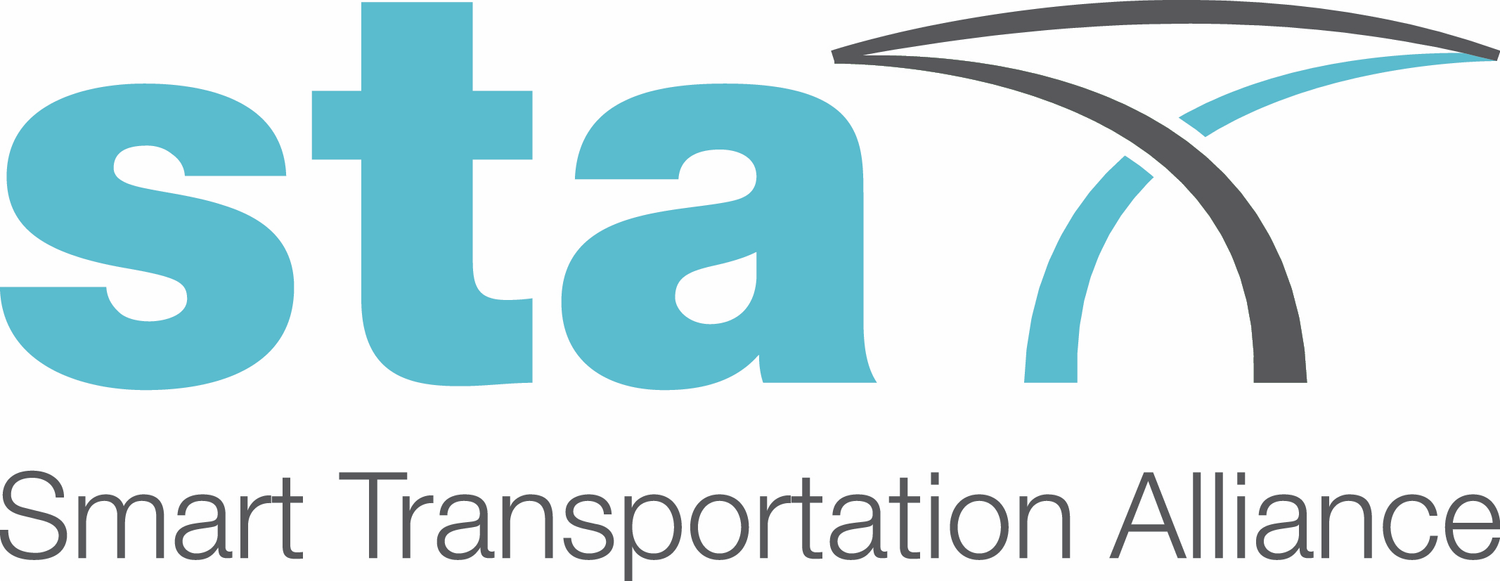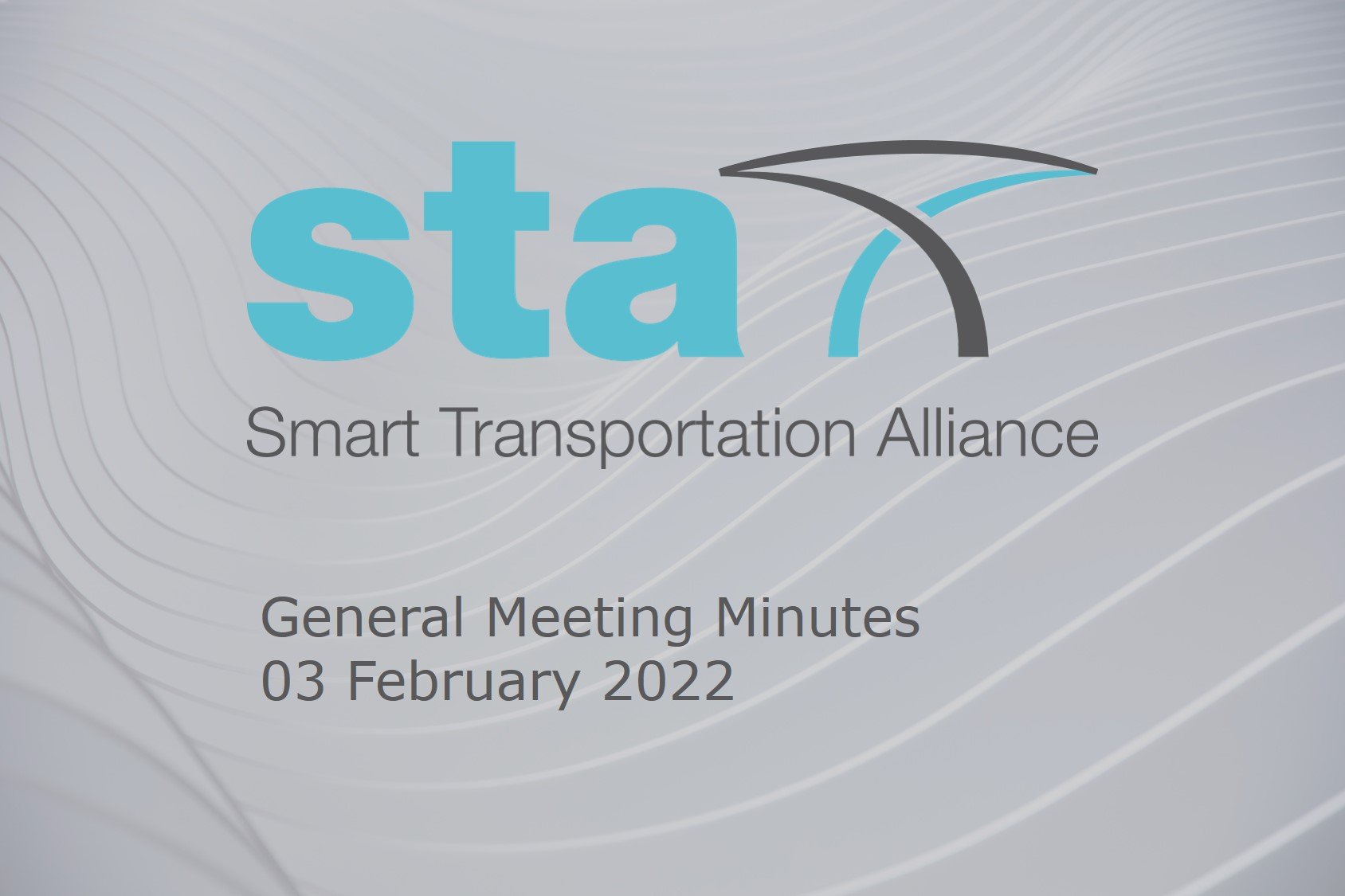STA Newsletter
Issue # January - February 2022
A bi-monthly online journal providing news and background about activities undertaken by STA with a view to improving the methods, technologies and standards associated to transportation infrastructures.
STA Work Plan 2022 Focuses on the Adaptation of Infrastructures to the New Mobility
The first General Meeting of the year set the key working priorities for the months ahead.
The gathering was kicked off by reviewing the achievements and key milestones of the past year, including the start of a new EU-funded research project (SCALE-UP), the re-issue of STA Certified Training Courses and new conference partnerships.
All Members of the Management Committee were re-elected and the work for the upcoming year was defined. Aside the ongoing workings on roadside safety, the 2022 STA Annual Conference will focus on the adaptation of transport infrastructures to new mobility paradigms, including sub-topics such as reliable vehicle charging, safe segregated infrastructures, infrastructure digitization, increasing shares of vulnerable travelers, sensors or pay-per-use schemes.
HeingGeorg Hiekmann & DynaS+ Join as STA Members
The two Members are joining Technical Committee 2 (Smart Security & Safety) right away.
Mr. Heinz-Georg Hiekmann is a renowned expert from Germany as industry leader in the field of road restraint and barrier systems.
DynaS+ on the other hand specialises in digital simulations within the civil engineering sector.
Both Members are a valuable addition to the Technical Committee in terms of both experience and outreach across a wide professional network and will bring world-class know-how to the team.
“The industry needs to adapt to climate variability by changing the planning, design, construction, maintenance and management of roads.”
NEWS OF INTEREST
Nano-engineered sealer leads to more durable concrete
A nanomaterials-engineered penetrating sealer is able to better protect concrete from moisture and salt.
The most damaging factors to concrete in the northern hemisphere are persistent moisture and salty environments. It consists of a regular water-based silicone sealer, mixed with graphene oxide and montmorillonite nanoclay. These additional materials densify the microstructure of the concrete, making it more difficult for external chemicals to penetrate.
Hidden cost of transport infrastructure revealed by new study
The research from the DecarboN8 network goes beyond mapping tailpipe emissions.
All transport infrastructure generates carbon emissions in its construction, maintenance and operation. This hidden carbon cost, known as embodied emissions, can be significant. This study quantifies the embodied emissions involved in building and maintaining typical transport infrastructure.
Data science paves the way for road safety
Project seeks to discover the optimal road width for driver, cyclist, and pedestrian safety in city streets.
The project includes undertaking a massive collection of data on urban streets across the United States to answer one question: How low can cities go on street width to make room for bike lanes and wider sidewalks?





